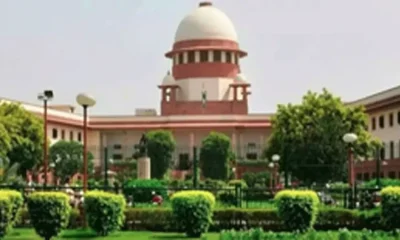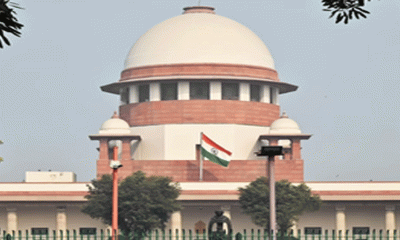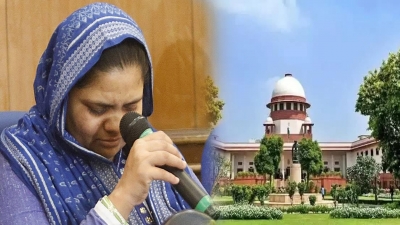National News
‘Too nascent stage’, SC refuses to entertain Nawab Malik’s plea against arrest by ED
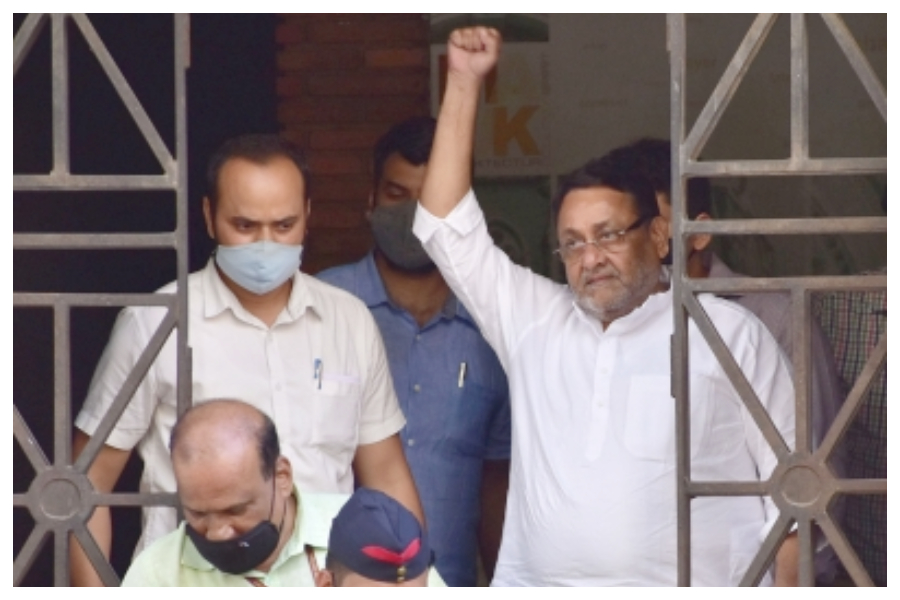
The Supreme Court on Friday refused to entertain a plea by Maharashtra Minister and NCP leader Nawab Malik to release him in a case of money laundering.
A bench comprising Justices D.Y. Chandrachud and Surya Kant said: “We will not interfere. It is too nascent a stage to interfere…We can’t interfere with the due process at this stage.”
The bench asked senior advocate Kapil Sibal, representing Malik, to move the competent court with the bail application. “The special court can consider the bail application,” said the bench.
Sibal vehemently argued that there was no prima facie case and there was no predicate offence, no FIR on forgery, and added, “How does Prevention of Money Laundering Act be applied?”
Sibal said, “How do they arrest me in 2022 for something, which happened in 1993…where I am not in the picture at all?”
Sibal added that the special court is not going to grant his client bail with a 5000-page charge sheet filed in the matter. “The Arnab Goswami judgment is in my favour,” Sibal submitted
Refusing to entertain Malik’s plea, the bench said: “We are not inclined to exercise jurisdiction under Article 136 when the investigation is at the nascent stage.”
The bench clarified that the observation of the high court on merits should not come in the way of parties taking recourse to the rights available under the law.
Malik, moved the top court challenging the Bombay High Court, which declined his interim release in a habeas corpus petition. Malik has claimed that his arrest was completely illegal.
On March 15, the Bombay High Court rejected Malik’s interim application seeking immediate release in a case of money laundering registered against him by the Enforcement Directorate (ED). Malik was arrested on February 23 based on an FIR registered against terrorist Dawood Ibrahim and his aides.
The high court held that Malik was arrested by the ED, and subsequently remanded to custody following due process and there was no reason for it to pass any interim order for his release.
Denying relief to Malik, the high court had said that just because the special Prevention of Money Laundering Act (PMLA) court’s order remanding him in custody is not in his favour, it does not make it illegal or wrong.
Malik’s plea contended that his petition was strictly on the law, and the high court could not have given a prima facie finding regarding Section 3 of PMLA, without giving reasons.
The ED has alleged that Munira Plumber’s prime property in Kurla, worth Rs 300 crore as per the current market value, was usurped by Malik through Solidus Investments Pvt. Ltd, a company purportedly owned by his family members. The ED has claimed that this was done in connivance with Dawood’s sister Haseena Parkar, her bodyguard Salim Patel and 1993 bomb blasts convict Sardar Shah Wali Khan.
In his plea in the top court, Malik claimed his arrest was illegal and violated his fundamental rights, as well as statutory provisions, and he was entitled to writ of habeas corpus.
National News
Assam saw major drop in child marriage cases under BJP govt: CM Sarma
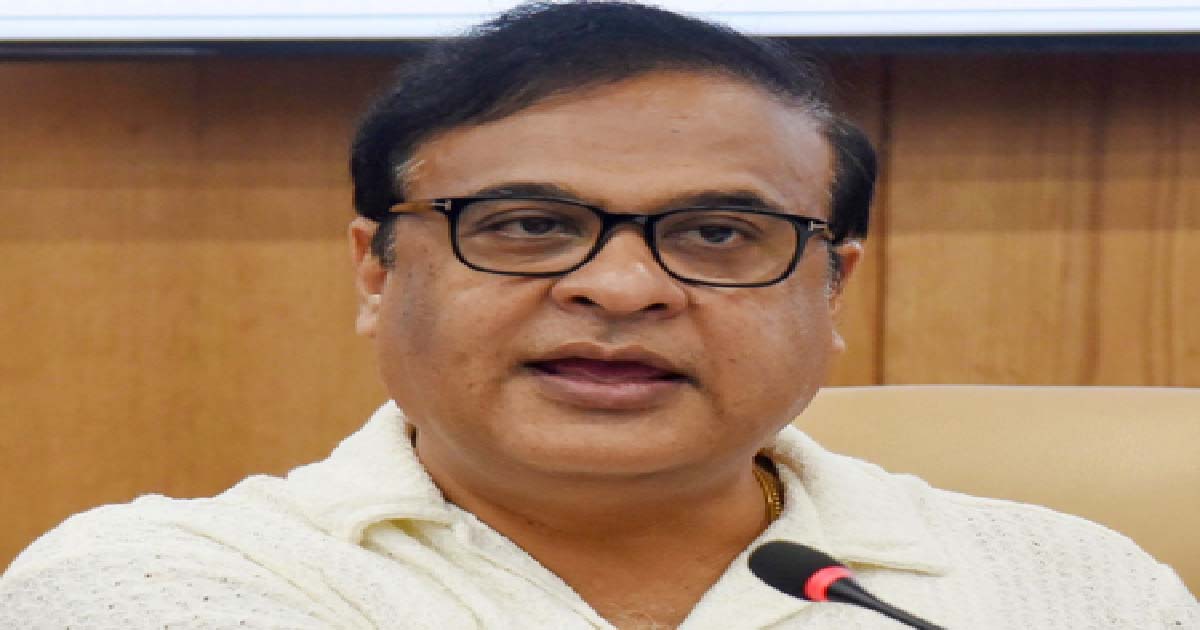
Guwahati, Nov 26: Assam Chief Minister Himanta Biswa Sarma on Wednesday underscored a “major turnaround” in the state’s battle against child marriage, saying a combination of stringent enforcement and systemic reforms has led to significant declines in the underage marriages and boosted legal accountability.
CM Sarma claimed that according to NFHS‑4 (2015-16) data, 31.8 per cent of women in Assam aged 20–24 were married before turning 18 – a rate that exceeded the national average.
Moreover, district-level fact sheets had recorded alarming prevalence in districts such as Dhubri, South Salmara, Barpeta and Nagaon, as high as 40–55 per cent.
However, the state now claims a decisive shift. Between 2023 and 2024 alone, more than 8,600 arrests were made in coordinated crackdowns under both the Protection of Children from Sexual Offences Act (POCSO) and the Prohibition of Child Marriage Act (PCMA).
According to the Chief Minister, in 2022 the number of cases registered stood at 224, sharply up from just 149 in 2021, indicating a steep rise in enforcement.
CM Sarma said, “Beyond arrests, Assam has formed district-level task forces, headed by superintendents of police, to track and intercept impending child marriages. Community-level workers – including ASHAs, Anganwadi staff and schoolteachers – are now required to report suspected cases in real time.”
“Several districts have also reportedly established digital databases and child-protection tracking mechanisms,” he added.
The CM claimed that these measures have borne fruit: In hotspot districts, the incidence of child marriage fell by 8–17 per cent within a year, and more than 3,000 planned child marriages were prevented in 2023–24 alone.
Notably, the Assam government’s recent actions – from sustained crackdowns to setting up institutional safeguards – reflect a far more aggressive stance on child marriage than seen in earlier years, when the practice was largely treated as a social issue rather than a crime.
Bollywood
252-Crore Drugs Case: Social Media Influencer Orry Appears Before Mumbai Crime Branch’s ANC Ghatkopar Unit

Mumbai: In a major development in the ₹252-crore drug trafficking case, social media influencer Orry appeared before the Ghatkopar Unit of the Anti-Narcotics Cell (ANC) of the Mumbai Crime Branch today for questioning.
The ANC had issued a second summons to Orry, directing him to join the investigation. Earlier, he was summoned on November 20, but he informed the agency that he would not be available until November 25. Following this, a second summons was issued, requiring him to appear on November 26.
The ANC is expected to record Orry’s statement as part of the ongoing probe into the high-profile drugs syndicate.
Further details are awaited as the investigation continues.
Crime
Maharashtra: Palghar Police Seize Truck Carrying Illicit Daman-Made Liquor Worth ₹33 Lakh Ahead Of Elections

Palghar: With police maintaining a strict watch on illegal liquor smuggling in Palghar district ahead of the elections, the Vikramgad police conducted a major operation and seized a truck transporting illicit Daman-made liquor.
Based on a tip-off, police set up a blockade (nakabandi) on the Vikramgad-Talwada road near the village of Dadade. When officers attempted to stop the truck, the driver abandoned the vehicle and fled the scene.
The police confiscated illicit liquor worth approximately ₹11 lakhs from the truck, along with the truck valued at ₹22 lakhs, bringing the total value of seized goods to ₹33 lakhs.
Anticipating an increase in the use of liquor to attract voters during the election season, the police are keeping a strict vigil on smuggling activities. Further investigation is currently underway.
-

 Crime3 years ago
Crime3 years agoClass 10 student jumps to death in Jaipur
-

 Maharashtra1 year ago
Maharashtra1 year agoMumbai Local Train Update: Central Railway’s New Timetable Comes Into Effect; Check Full List Of Revised Timings & Stations
-

 Maharashtra1 year ago
Maharashtra1 year agoMumbai To Go Toll-Free Tonight! Maharashtra Govt Announces Complete Toll Waiver For Light Motor Vehicles At All 5 Entry Points Of City
-

 Maharashtra1 year ago
Maharashtra1 year agoFalse photo of Imtiaz Jaleel’s rally, exposing the fooling conspiracy
-

 National News1 year ago
National News1 year agoMinistry of Railways rolls out Special Drive 4.0 with focus on digitisation, cleanliness, inclusiveness and grievance redressal
-

 Maharashtra1 year ago
Maharashtra1 year agoMaharashtra Elections 2024: Mumbai Metro & BEST Services Extended Till Midnight On Voting Day
-

 National News1 year ago
National News1 year agoJ&K: 4 Jawans Killed, 28 Injured After Bus Carrying BSF Personnel For Poll Duty Falls Into Gorge In Budgam; Terrifying Visuals Surface
-

 Crime1 year ago
Crime1 year agoBaba Siddique Murder: Mumbai Police Unable To Get Lawrence Bishnoi Custody Due To Home Ministry Order, Says Report



